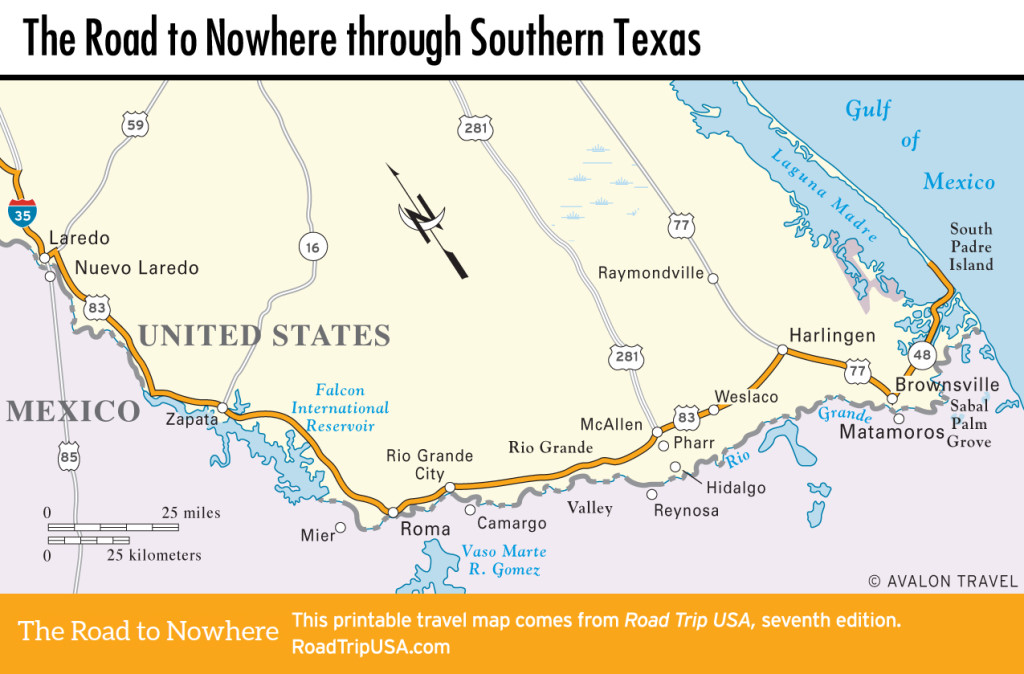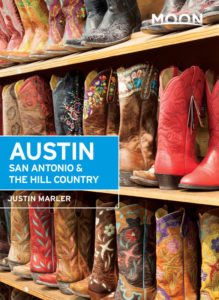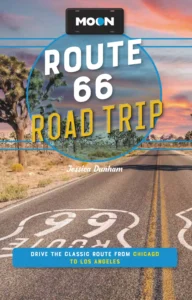Laredo and Southeast
Laredo
Founded as the first nonmissionary, nonmilitary Spanish settlement in North America in 1755, Laredo (pop. 261,639) is surrounded by some of the oldest ranch lands in the United States. With a population that is about 95 percent Hispanic, the city is growing rapidly (more than doubling in the past 20 years) due to its position as the largest international trade center along the U.S.-Mexico border. The I-35 corridor feels as anonymous and fast-paced as anywhere in the United States, but the center of town still holds on to its historic personality.
At the heart of downtown Laredo, a block north of the Rio Grande, is the San Agustín de Laredo Historic District, site of the original 1755 Spanish settlement of Villa de San Agustín. Numerous historic buildings surround the plaza, including a small stone building next to La Posada Hotel that served as the capitol of the short-lived Republic of the Rio Grande. It now houses a museum (956/727-0977, Tues.-Sat., $2) containing a collection of memorabilia from the separatist movement of 1840.
Built as a high school in 1917, the place to stay to soak up Laredo’s substantial-if faded-character is the plaza’s stately La Posada Hotel (956/722-1701, $120 and up), which is also home to the Zaragoza Grill and a more expensive Latin American restaurant, the Tack Room.
Southeast from Laredo: Roma
South of Laredo, US-83 passes through one of the fastest-growing and most Hispanic areas in the United States, following a route parallel to the Rio Grande. The construction from 1950 to 1954 of Falcon International Reservoir altered the look and feel of the riverside landscape, but there are still a few places that evoke the past. The surviving 19th-century Spanish- and Creole-style architecture in Roma, 40 mi (64 km) southeast of Zapata, hasn’t changed much since it inspired director Elia Kazan to use the town as a film location for the 1952 movie Viva Zapata! starring Marlon Brando and Anthony Quinn. Many of the town’s buildings have been quietly restored, and the town is so quiet you can sometimes hear roosters crowing across the river in the Mexican town of Ciudad Miguel Alemán, where the narrow sandstone streets, old churches, and plazas haven’t changed in centuries.
Farther south along US-83 comes Rio Grande City, where among the historic buildings downtown the La Borde House (601 E. Main St., 956/487-5101, $81 and up) is a Creole-style inn designed by Parisian architects in 1893, with construction completed in 1899.
Travel Map the Road to Nowhere through Southern Texas
















